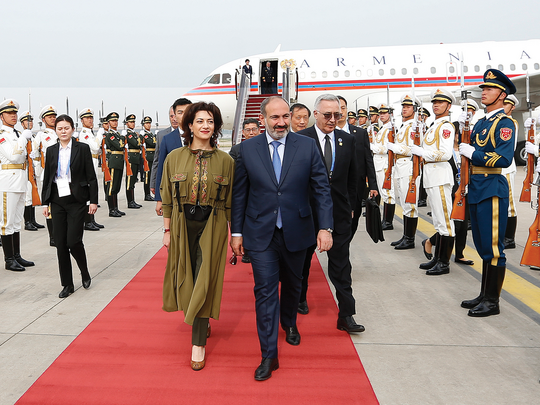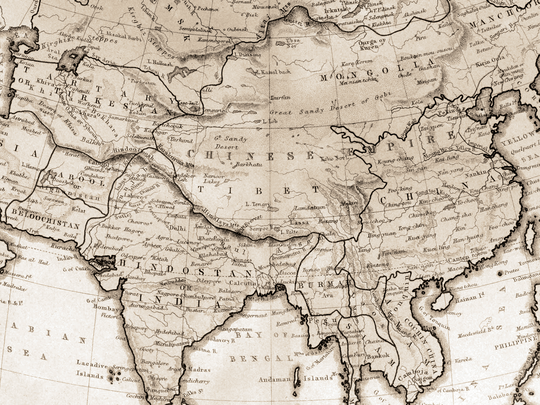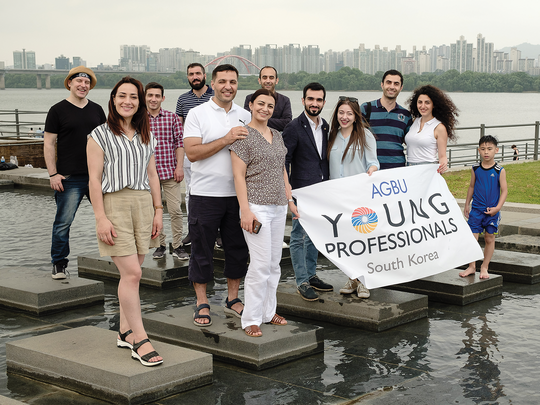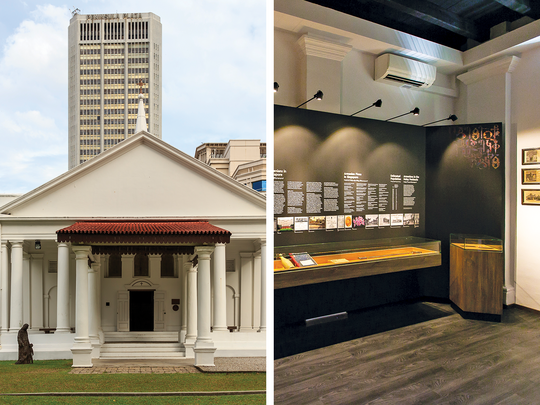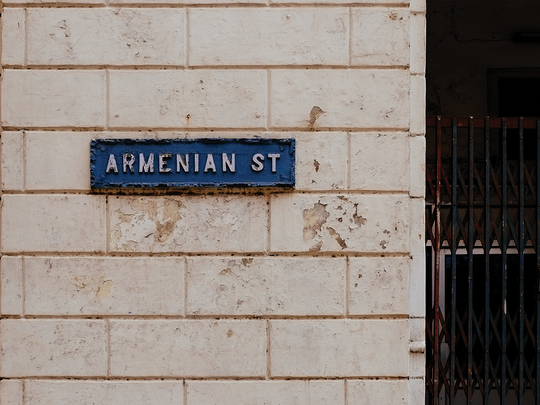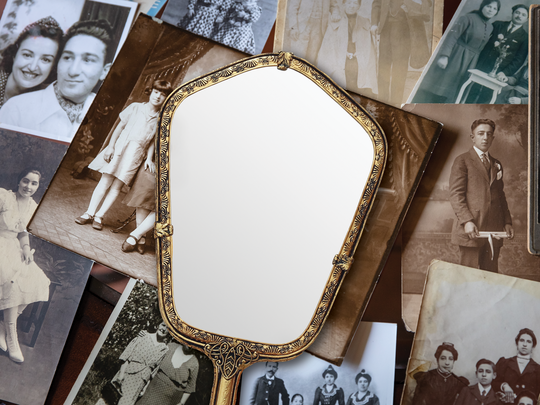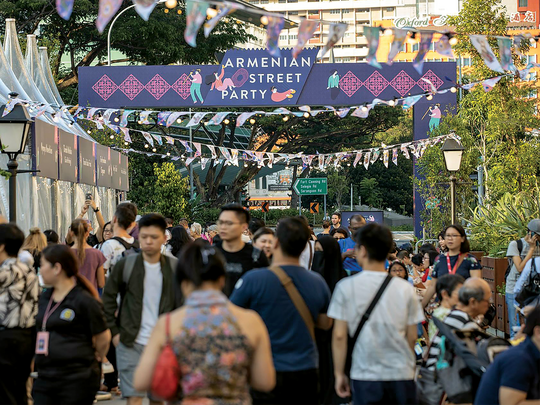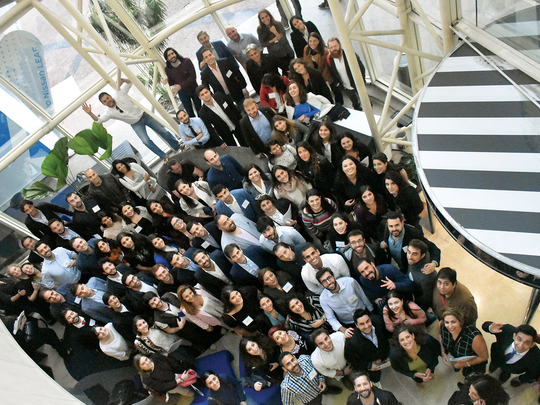From Delhi to Mumbai, Agra to Surat, traces of Armenian communities can be found in almost every major Indian city. If lucrative trade routes snaked through a place with enough opportunity, chances are Armenians settled there. Though the fate of these communities differed, Kolkata was once the hub of Armenian life in India. Today only approximately 150 Armenians remain. Yet this small diasporan community is making a big difference in the lives of Armenians across the world.
A First-class, Free Education
As generations of nomadic Armenian merchants set down their roots throughout modern-day India in the 18th century, they invested heavily in the schooling of their children, founding religious and educational institutions grounded in Armenian heritage, but with global perspectives. Three centuries later, one institution, the Armenian College and Philanthropic Academy in Kolkata, honors the legacy of its founders and benefactors by providing free education to Armenian youth around the world. With its longstanding reputation as a high-quality center of Armenian education, the school acts as a nexus for young diasporans seeking a brighter future.
Officially established in Kolkata in 1821, from an informal school set up in 1798, the Armenian College and Philanthropic Academy came to be through the work of two Armenians from New Julfa—Astvatsator Muradghanian and Mnatsakan Vardanian. They envisioned an educationally rigorous environment for the future leaders in their community, understanding that Kolkata was becoming the seat of a thriving Armenian community throughout Asia.
Over time, the community dwindled along with the changing fortunes of the city. Yet despite the changing demographics, the school stands today as a bastion of Armenian pride and purpose in India. In 1922, another branch, the Davidian Girls’ School, was added to the Armenian College, empowering women to advance in life.
Though not many Armenians from Kolkata are matriculated, the college’s international students thrive with the help of a diverse faculty, a challenging academic plan, and access to a range of extracurricular activities. The school follows a standard syllabus approved by the Indian government but also provides Armenian and English language courses to all students. In fact, because many
students arrive without a standardized education and proficiency in English, an intensive six-month English language course is a pre-requisite for joining peers in their respective grades. The school reports that after the remedial language classes, the students are ready to tackle Shakespeare within a year.
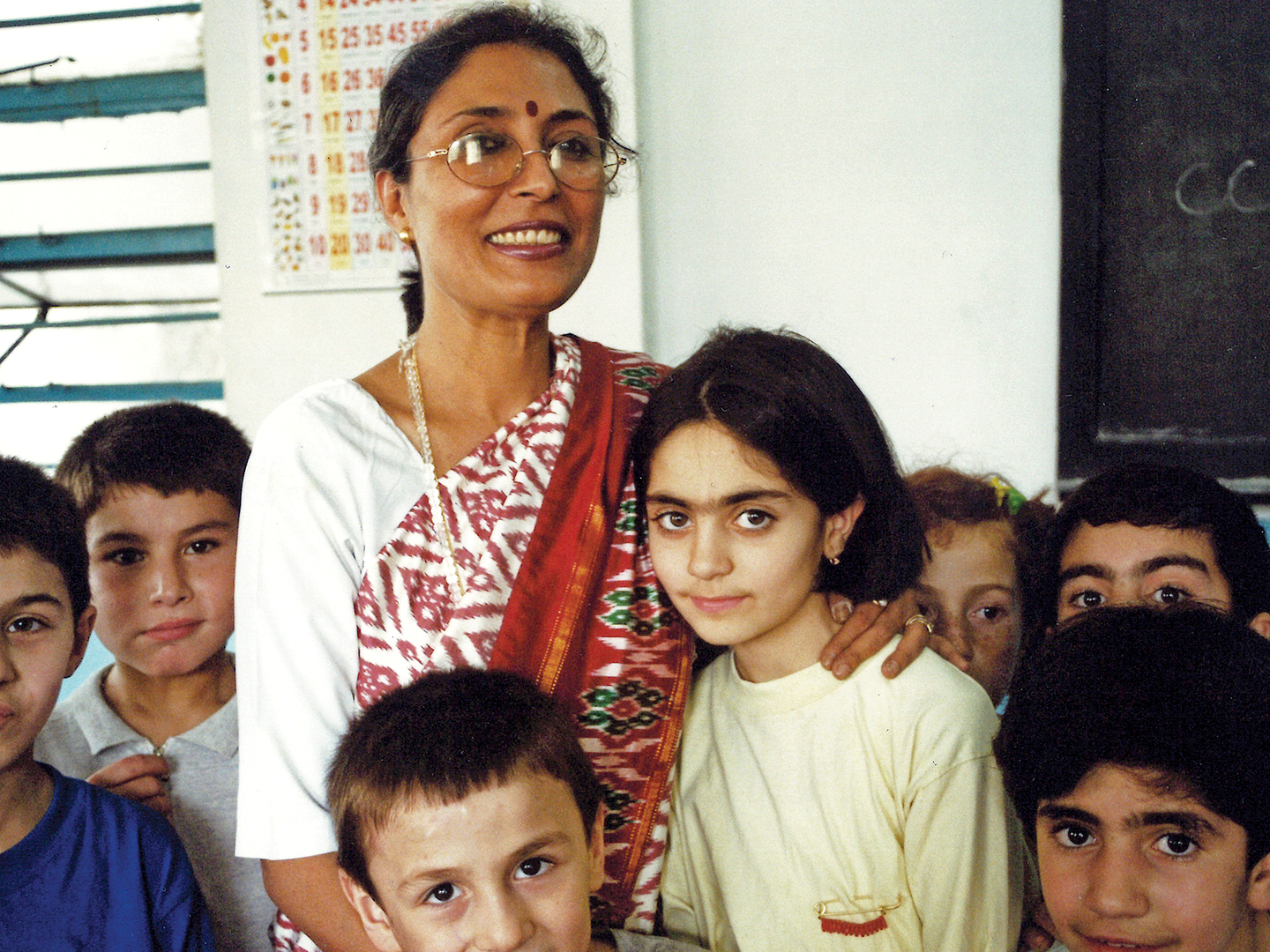
The Chater Legacy
The school doors have remained open, despite the tumult of history in the city and the region, because of the vision and generosity of one man: none other than the Kolkata-born Sir Catchick Paul Chater, the legendary Armenian philanthropist of Hong Kong. Orphaned at age seven, he was able to continue his own education through a scholarship. It is with this personal insight into the needs of worthy students without the means to pursue their dreams that he endowed some of his fortune to the Armenian College. Today, over 200 deserving Armenian students have been plucked from their struggling circumstances in troubled areas of the world to enjoy a high quality education and a stable environment. The nationalities of the students is the result of regional unrest or economic hardship, so the school boasts alumni from Armenia, Myanmar, Kuwait, Iran, Iraq, Syria, Russia, Turkey and even Azerbaijan. In the aftermath of the Genocide, hundreds of refugee children from uprooted families were provided a safe haven and sense of normalcy. The multitude of alumni narratives also speaks to the significance that this experience has made in transforming their lives.
With tuition, room and board, and all other expenses paid through Chater’s largesse, students are encouraged and to attend some of India’s most competitive universities. And while the hardscrabble conditions of Kolkata often necessitate moving away for greener professional pastures, these Armenians remain loyal to the community that cultivated them.
With each successive generation of college graduates, many performing on an impressive global scale, the Armenian image throughout Southeast Asia gains stature, building on the legacy of visionaries like Muradghanian, Vardanian, and Chater.
Reaching Out to the Homeland
Though small in size, the Armenians in today’s Kolkata remain just as committed to enhancing the lives of Armenians around the world. When violence on the Artsakh border broke out in 2016, the global Armenian nation rallied behind its soldiers and their families.
Leveraging the attention the short-lived war received in the region, servicemen in the Armenian military Hayk Mnatsakanyan and Vahan Martirosyan decided to mobilize their connections to help one of their own—Lieutenant Sargis Gabrielyan, who, in 2015, lost his arm during a diversion mission in Yeghnikner.

“We knew if we could gather the funds, we could help Sargis gain access to a prosthetic treatment and rehabilitation,” Mnatsakanyan explains. “The immediacy of the support we received surprised us all.”
While the soldiers planned to reach out to their connections in Europe and North America, some friends introduced them to members of the Kolkata community as well. No sooner did they explain the circumstances of Lieutenant Gabrielyan, than the donations started pouring in from India.
“The Armenian community in Kolkata reacted instantly,” Mnatsakanyan recalls. “Without hesitation, without a second thought, they were invested. Their response was immediately organized.” Not only did they donate $100,000 USD to support Gabrielyan’s rehabilitation, but with the help of the community, he and his sister were able to travel to Kolkata for the treatment. For three months, the Gabrielyans were hosted in a homestay, surrounded by the support and hospitality of a caring community.


